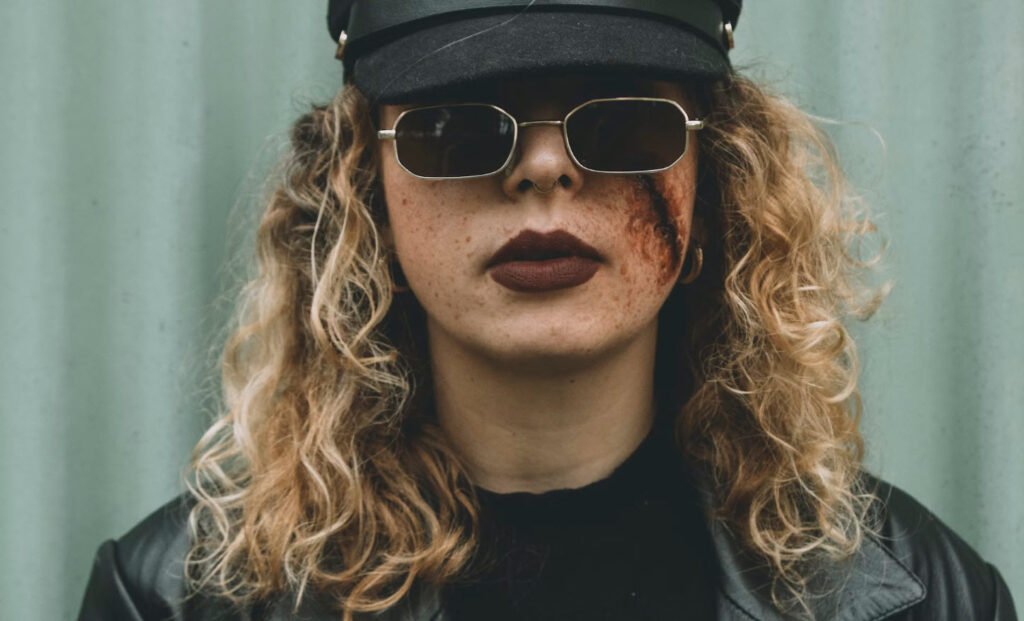
Bruises, those intriguing patches of color that appear on our skin after a bump or injury, often resemble an artist’s palette. From vibrant reds to deep purples, and ultimately fading into shades of yellow and green, bruises undergo a remarkable transformation.
But what exactly causes this kaleidoscope of colors, and why do they appear in the first place?
The Initial Burst of Red
When an injury occurs, especially one that involves a bump or blow, it can cause damage to the tiny blood vessels under our skin, known as capillaries. These capillaries are responsible for carrying oxygen-rich blood throughout our body, and they are quite delicate. When they’re injured, blood begins to leak out into the surrounding tissues.
The Role of Hemoglobin
Blood is rich in hemoglobin, a molecule that gives it its distinct red color. As the blood leaks from the damaged capillaries, it pools beneath the skin, creating the initial reddish appearance of a bruise. At this stage, the bruise is often characterized by its bright red or purplish hue.
White Blood Cells’ Arrival
As the body recognizes the injury, white blood cells spring into action. These defenders of our immune system arrive at the site of the injury to initiate the healing process. One of their tasks is to surround the area of hemorrhage and begin the process of removing the damaged blood cells.
The Colorful Decomposition Process
The transformation of the bruise’s color can be attributed to the decomposition of hemoglobin. As the white blood cells break down the spilled blood, they release decomposition products. Among these products are biliverdin and bilirubin, which play significant roles in the shift from red to yellow, green, and other shades.
From Red to Green and Yellow
Biliverdin, a green bile pigment, and bilirubin, a yellow-red bile pigment, gradually replace the red color of the bruise. This change is a result of the chemical breakdown of hemoglobin by the white blood cells.
The Final Fade
Over time, the body continues to heal, and the broken blood vessels are repaired. As this process unfolds, the colorful pigments gradually dissipate, and the bruise’s appearance changes from green and yellow to a more natural skin tone.
Time and Healing
The duration of each color stage can vary depending on the individual and the severity of the bruise. Some bruises may progress through the color spectrum more rapidly, while others may take a bit longer. However, in most cases, a typical bruise will gradually fade and disappear within a few weeks.
In conclusion, the appearance and transformation of a bruise can be likened to a work of art in progress. It all begins with the burst of red as blood leaks from damaged capillaries, and then, through the orchestrated efforts of white blood cells and the influence of biliverdin and bilirubin, the bruise takes on its unique array of colors before eventually fading away.
You may also like:- Why Don’t People Wake Up From Their Own Snoring?
- Bottle Feeding Your Baby – A Comprehensive Guide
- The Science of Paternity Testing – A Comprehensive Guide
- Top Five Cholesterol Myths You Should Know
- Why Is Our Brain Detecting Pain But Not Feeling It?
- The 11 Best Gynecology Books – Free PDF Download
- Can You Take Calcium and Vitamin D Supplements Together? Read Here
- Taking Control Of Your Hormonal Health: What To Expect From An HRT Clinic
- Strategies for Making Physical Activities Accessible for Children with Special Needs
- ICMR’s Advisory on Tea and Coffee Consumption








